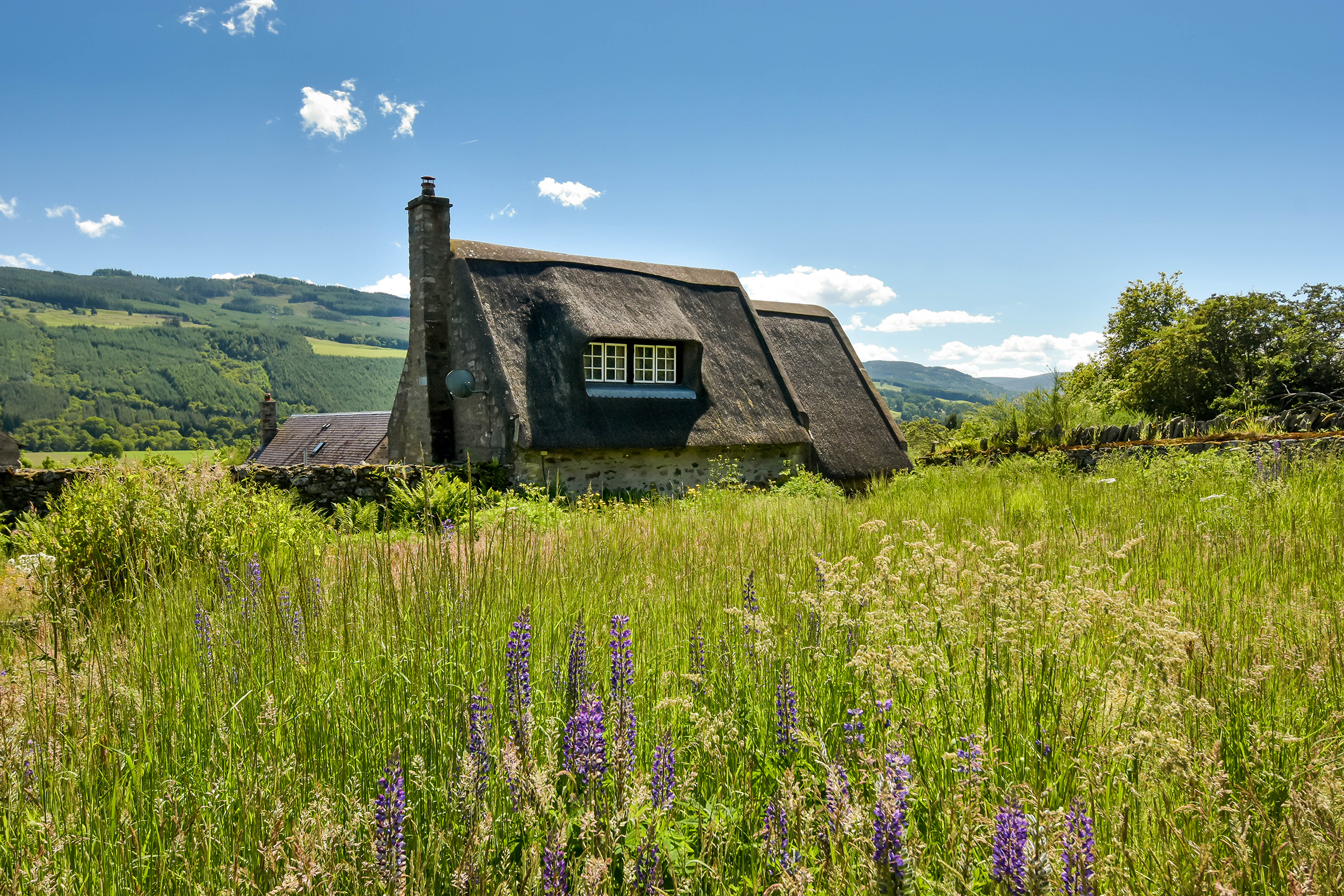What you need to know before trying to save a crumbling country pile
What resources are needed to save a country house on the brink? Lucy Denton investigates.


The re-emergence of the ever more spectral Kinmel Hall in north Wales on the property market, sold two months ago for a mere £950,000, is a reminder that there are still many spectacular country houses that resist resuscitation efforts — often, big dreams (and not enough money) fizzle out.
Kinmel is in unhappy company, with some 88 country houses on Historic England’s current Heritage at Risk Register. The all too familiar circumstances are, usually, a swift succession of owners, lack of assets, structural deficiency, high repair costs and land sales.
The effort required to contend with a stately pile mustn’t be underestimated — and it doesn’t only mean having deep pockets.
‘Taking on a country house in need of complete renovation is not a decision for the faint hearted, and not one to be taken lightly by those who haven’t attempted such a project before,’ warns James Mackenzie of Strutt & Parker.
There are multiple aspects to consider, not least what can and can’t be done with the historic fabric, but financial nous and realistic, long-term expectations.
Why certain houses persistently feature on the at-risk lists, or are sold at bargain prices after a period of neglect, are down to a failure to recognise the unique formula needed for each place and an approach to sustainability that ensures a lasting achievement.
This is where the doyenne of estate revival, Roger Tempest, chairman of the Rural Concepts Group, who successfully rejuvenated Aldourie Castle on Loch Ness, comes in.
Sign up for the Country Life Newsletter
Exquisite houses, the beauty of Nature, and how to get the most from your life, straight to your inbox.
‘There are sound reasons why some of these big-volume historic houses are cheap,’ he says.
‘It’s never about the purchase price, but what they will cost to restore. Inexperienced architects, listed-building and planning issues and poor commercial judgements mean it can end up in just as bad a state as it was in the beginning. The restoration process is a real art involving a complex web of detail and expertise.’
This includes advice from heritage bodies, the council and conservation architects and, depending on the end use, financially savvy regeneration specialists.
An estate pruned of its assets is perhaps more vulnerable to limits on commercial re-use — and bigger isn’t always better.
‘A smaller country house that has lost its estate,’ explains Louise Brennan of Historic England, ‘is often left with too little to sustain it. If it’s not in the commuter belt and the level of enabling development needed is not viable, it deteriorates, is vandalised and spirals into decline.’

However, sometimes, all that’s needed is the right investor; Hopwood Hall near Manchester, for example, was at risk for many years, but has found hopeful salvation via an interested party in the US, which is now helping in its renovation while it remains in the ownership of Rochdale Borough Council. Its rehabilitation is envisioned as a community-orientated development.
‘Never say never,’ adds Mrs Brennan. Rob Jones-Davies, managing director of a rural development consultancy, also warns of ‘colossal houses on miniature plots, which, without a residential portfolio and wider landholding, don’t have the ability to generate a supporting income or alternative revenue’.
In order to avert this, ‘Historic England and the local conservation officer need to get involved at an early stage,’ comments Hugh Petter of Adam Architecture. ‘Because once deprived of its estate, the house’s only hope is to be subdivided into smaller dwellings.’
Kit Martin, ingenious developer of country houses and other significant historic buildings, suggests that, despite the grim postwar period when hundreds of examples were lost (encapsulated in ‘The Destruction of the Country House’ exhibition of 1974), there are ‘wonderful solutions in adapting these places’.
He explains: ‘Subdivision, rather than institutional use, has proved to be sustainable in the long-term. Scottish baronial mansions, in particular, because of the nature of their layout with wings and towers, work extremely well when reformatted in this way.’
Superlative revivals by his hand include the early-17th-century Cullen House in Moray and Grade I-listed Dingley Hall in Northamptonshire.
Estate agent James Sellicks, currently marketing a three-bedroom segment of Dingley, says these partitioned properties have considerable appeal:
‘They offer the best of many worlds, being set in parkland, with maintained grounds and the security of a community.’ Here’s hoping Kinmel Hall has a similar renaissance.
A restorer’s checklist
Do
- Seek experienced, professional advice: Allow input from Historic England and others. SAVE Britain’s Heritage’s case studies of successful renovations are worth studying
- Know the building: find out its history, significance, past planning applications, what previous owners intended to do — and did
- Understand its condition — there will always be surprises in restoration, but getting to grips with the state of the structure is important
- Familiarise yourself with planning, conservation-area and heritage/ listing implications
- Be realistic. Is the project sustainable as a commercial venture or private dwelling? Viability of a conversion might depend on the extent of landholdings
- Rush in and buy because a house is on the market at what seems to be a low price — there will be a reason for that
- Do things as cheaply as possible using inexperienced firms; this may come back to bite
- Attempt changes without consulting the council, or without formal planning and heritage consents
- Imagine this could be easy, quick or done on a restricted budget

Feeling brave? Six beautiful fixer-uppers with extraordinary potential
A serious amount of work will be needed on any of these places – but it'll all be worth it in
Country Life is unlike any other magazine: the only glossy weekly on the newsstand and the only magazine that has been guest-edited by HRH The King not once, but twice. It is a celebration of modern rural life and all its diverse joys and pleasures — that was first published in Queen Victoria's Diamond Jubilee year. Our eclectic mixture of witty and informative content — from the most up-to-date property news and commentary and a coveted glimpse inside some of the UK's best houses and gardens, to gardening, the arts and interior design, written by experts in their field — still cannot be found in print or online, anywhere else.
-
 Designer's Room: A solid oak French kitchen that's been cleverly engineered to last
Designer's Room: A solid oak French kitchen that's been cleverly engineered to lastKitchen and joinery specialist Artichoke had several clever tricks to deal with the fact that natural wood expands and contracts.
By Amelia Thorpe
-
 Chocolate eggs, bunnies and the Resurrection: Country Life Quiz of the Day, April 18, 2025
Chocolate eggs, bunnies and the Resurrection: Country Life Quiz of the Day, April 18, 2025Friday's quiz is an Easter special.
By James Fisher